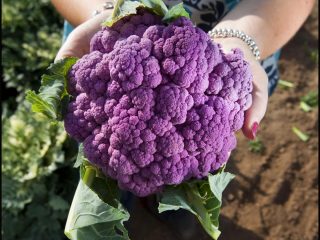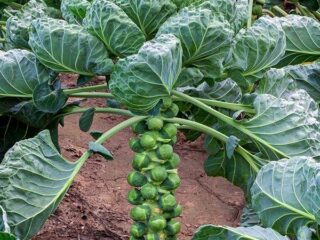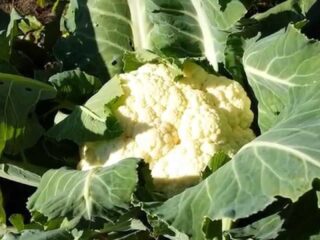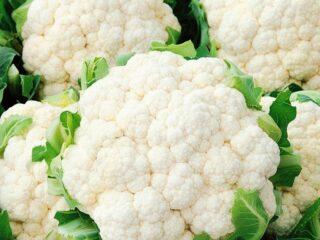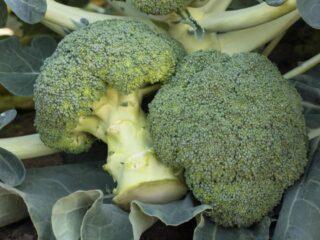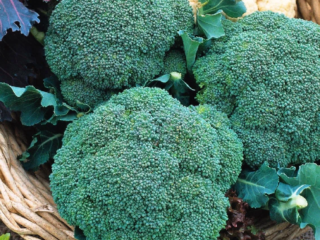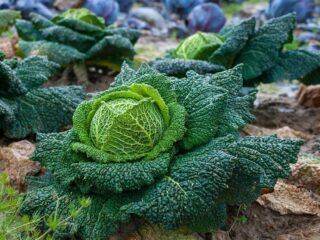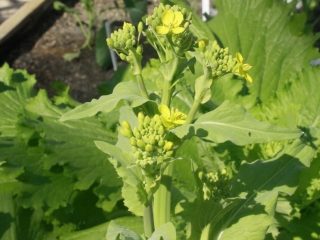Content
Clubroot cabbage is an infectious fungal disease that disrupts the root system: instead, characteristic growths appear. As a result, the heads of cabbage set poorly and the yield decreases. The pest is very dangerous - the spores can overwinter in the ground for several years. Therefore, it is necessary to carry out prevention and apply effective treatment methods at the first signs.
What is clubroot on cabbage
Clubroot is an infectious pathology caused by the microscopic pathogenic fungi Plasmodiophora brassicae. The disease affects all types of cabbage (including broccoli, cauliflower, Brussels sprouts), as well as other cruciferous vegetables (turnips, radishes, radishes and others).
Growths form on the surface of the roots due to the clubroot. These are rather dense formations that prevent the penetration of water and nutrients to the head of cabbage.Since the clubroot displaces the real roots, the cabbage withers and the cuttings rot.
Clubroot is a dangerous disease common in all regions of temperate climates. It affects up to 10% of all crops, which inevitably leads to loss of yield. The fungus spreads through contaminated soil and seeds and quickly infects neighboring plantings. The next year, the pathogens have time to spread throughout the entire field.
Signs of clubroot cabbage
If cabbage is sick with clubroot, this can be determined by a number of external signs. The main one is growths on the roots. These are thick formations that are clearly visible visually and to the touch.
Other symptoms include:
- yellowing of foliage;
- over time - withering;
- The heads of cabbage grow poorly and set slowly.
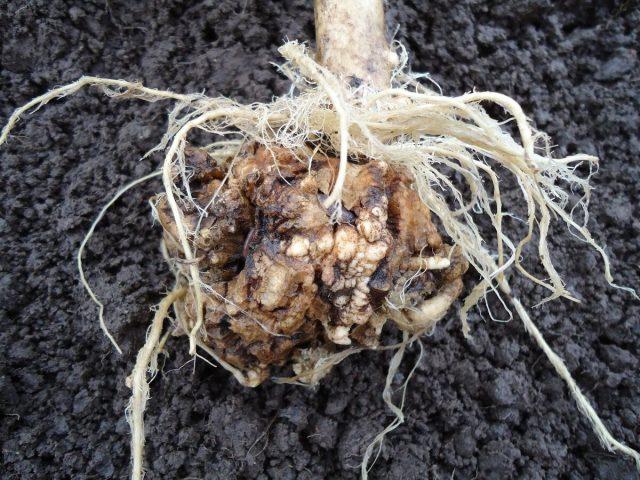
The root affected by the disease can be identified by digging
Reasons for the appearance of clubroot on cabbage
Clubroot on cabbage is formed for various reasons:
- violation of watering norms;
- constant rains;
- moderately warm weather (in the range of 20-25 degrees);
- increased air humidity (often in a greenhouse, greenhouse).
Dry soil and lack of nutrients indirectly affect the development of clubroot. Please note that the soil must remain constantly moist. Another important point is balanced fertilizers. They should contain not only basic substances, but also microelements (calcium, zinc, chlorine, boron).
Fungi release spores that overwinter in the soil. With the onset of warm weather, clubroot germinates and again infects cabbage and other plants through the root system.Moreover, in the summer, secondary spores are formed, which are transmitted with water droplets. The fungi then return to the soil and the cycle repeats.
How to get rid of clubroot cabbage in the garden
There are quite a few effective methods to combat clubroot. The disease is complex and the pest spreads quickly. Therefore, it is necessary to use several methods at once. Experienced summer residents and farmers recommend observing crop rotation and not violating the watering norm. When symptoms of clubroot appear, it is necessary to immediately treat with chemical or biological preparations. Folk remedies are also used - the main treatment methods are described in the following sections.
Crop rotation
Compliance with crop rotation is one of the basic rules of agricultural technology. To prevent clubroot and other pathologies, it is not recommended to grow cabbage in the same place for more than three years in a row. It should be alternated with nightshades, legumes, green manure, and onions.
When planting, it is necessary to take into account that the best predecessors of cabbage are:
- cucumbers;
- tomatoes;
- onion;
- early potato varieties;
- perennial herbs.
The worst precursor is cabbage itself of any variety (including red cabbage, Brussels sprouts, broccoli and many others). In order to prevent clubroot, cabbage should not be planted after other cruciferous vegetables (radish, turnip, radish and others).
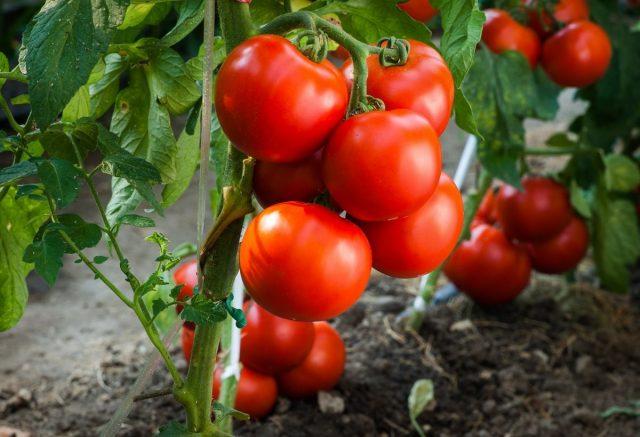
Tomatoes and other nightshades are excellent precursors for cabbage
Fighting clubroot on cabbage with folk remedies
You can also fight clubroot on cabbage roots with home remedies. They are not as effective as drugs, but do not cause any harm to the soil and plants. Solutions according to traditional recipes are used at the prevention stage, as well as during the initial development of the disease.The most commonly used means are:
- infusion of wood ash;
- organic infusion;
- tops;
- lime solution.
Wood ash is prepared in the form of an infusion of 300 g per 10 liters of water. Leave for 2-3 days and water the cabbage 500 ml per bush. The procedure is planned after the main watering. Then the plantings are earthed up. Among organic matter, mullein, compost, dry or live yeast give a good effect from clubroot. Based on them, an infusion is prepared and watered over the cabbage.
If there are beet tops, quinoa, they are crushed and evenly scattered over the area. At the same time, it is recommended to dig up the soil and water it with liquid organic matter. For example, you can use mullein infusion diluted 10 times with water.
You can also water the contaminated soil with a lime solution in an amount of 300 g per 10 liters. Each bush is given 500 ml. The procedure is repeated again after a week.
Therefore, it is recommended to measure the pH using indicator paper and, if necessary, acidify the soil.
Chemical method for protecting white cabbage from clubroot
Cabbage clubroot is a dangerous disease, and the most effective way to combat it is to treat it with chemicals. For this use:
- "Previkur";
- "Topaz";
- "Fundazol";
- "Zineb."
Biological method of controlling cabbage clubroot
You can also fight clubroot on cabbage with biological preparations. These are fungicides containing strains of bacteria that destroy fungi. They are used at the stage of head formation, when the use of chemicals is no longer safe. The most common biological drugs include:
- "Fitosporin";
- "Trichodermin";
- "Baktofit";
- "Gamair."
Clubroot spore test
The easiest way to check for a pest is to dig up a wilting bush and pay attention to the roots. If there are growths on them, this is clubroot.
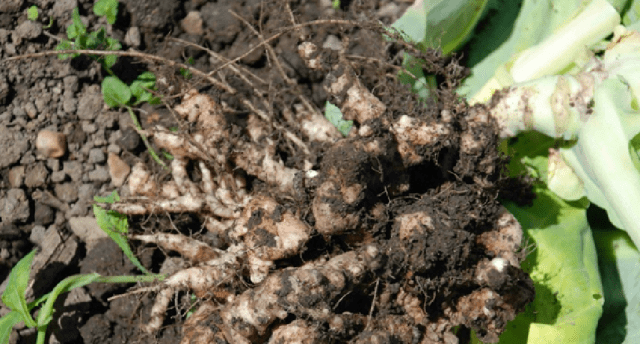
For a quick check, you need to dig up a head of cabbage and inspect the roots.
It is also recommended to sow fast-growing Chinese cabbage on the field in the spring. Throughout the entire period, it is gradually dug up and the roots are carefully examined. First, young seedlings with the first 2-3 true leaves are studied. Then another 2-3 tests are made until the head formation stage.
Prevention of clubroot on cabbage
Controlling clubroot when growing cabbage is not always easy to organize. The disease is dangerous, so it is easier to prevent its development than to deal with the consequences. The main preventive measures are seed treatment, soil disinfection, and careful selection of varieties. The most effective methods are described in the following sections.
Soil disinfection
First of all, it is necessary to disinfect the soil in which they plan to grow seedlings of cabbage or other crops. To prevent clubroot, water the soil with a bright pink solution of potassium permanganate. To prepare it, you need to dilute 2-3 g of powder in 1 liter of water.
An alternative way is to make a soil mixture and put it in the freezer for several days. Thanks to freezing at a temperature of -18, it is possible to destroy spores of clubroot and other pathogens. Finally, if you don’t have time, you can keep the soil in the oven for 20 minutes (temperature 120 degrees).
After disinfection, not only harmful but also beneficial bacteria die in the soil, and the natural balance of microflora is disrupted.To restore balance, it is recommended to apply “Rizotorfin”, “Phosphorobacterin” or other bacterial fertilizer.
Seed disinfection
Preliminary protection of cabbage from clubroot can also be achieved by treating the seeds. They can be placed in a solution of potassium permanganate (1 g per 1 liter) for 20-30 minutes (but no more). Then rinse with water and begin planting.
Also, treatment of cabbage clubroot seeds can be done using the drug “Planriz”. A solution of 1% concentration is prepared from it and the grains are laid out a day before planting.
An alternative method is to treat with the fungicide Fitosporina. Pour water into a glass, add 4 drops and leave the seeds for two hours, then immediately plant them into seedlings.
Variety selection
To save cabbage from clubroot, it is recommended to carefully select the variety for cultivation. Adaptability to local climatic conditions, ripening time, yield, as well as the level of immunity to diseases should be taken into account. Three varieties have been developed that are particularly resistant to clubroot:
- Ladozhskaya 22;
- Losinoostrovskaya 8;
- Moscow late 9.
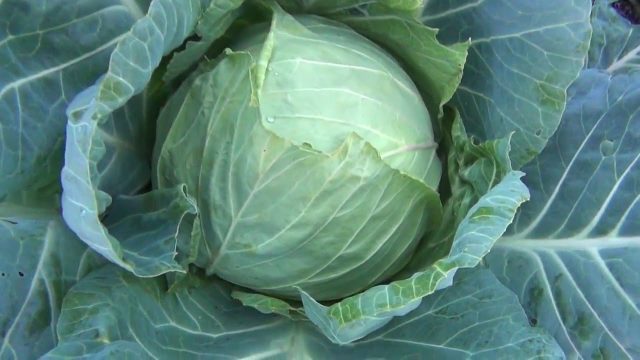
For planting, it is recommended to choose varieties that are resistant to clubroot.
What to plant after cabbage affected by clubroot
In the area after cabbage affected by the disease, it is recommended to plant the following crops:
- onions, garlic (any variety) - will help get rid of spores in 2 years;
- tomatoes, eggplants, potatoes (nightshades) - for 3 years;
- beets (any variety, including chard;
- spinach;
- Green manures (mustard, alfalfa, legumes) - in themselves do not save from clubroot, but are used as a green fertilizer that enriches the soil with useful substances and improves its structure.
Conclusion
Clubroot is quite dangerous because the pathogen spreads quickly through contaminated soil and can remain in it for several years. For emergency treatment, chemical treatment is carried out. Moreover, damaged cabbage can be used as food - pathogens accumulate only in the roots.
